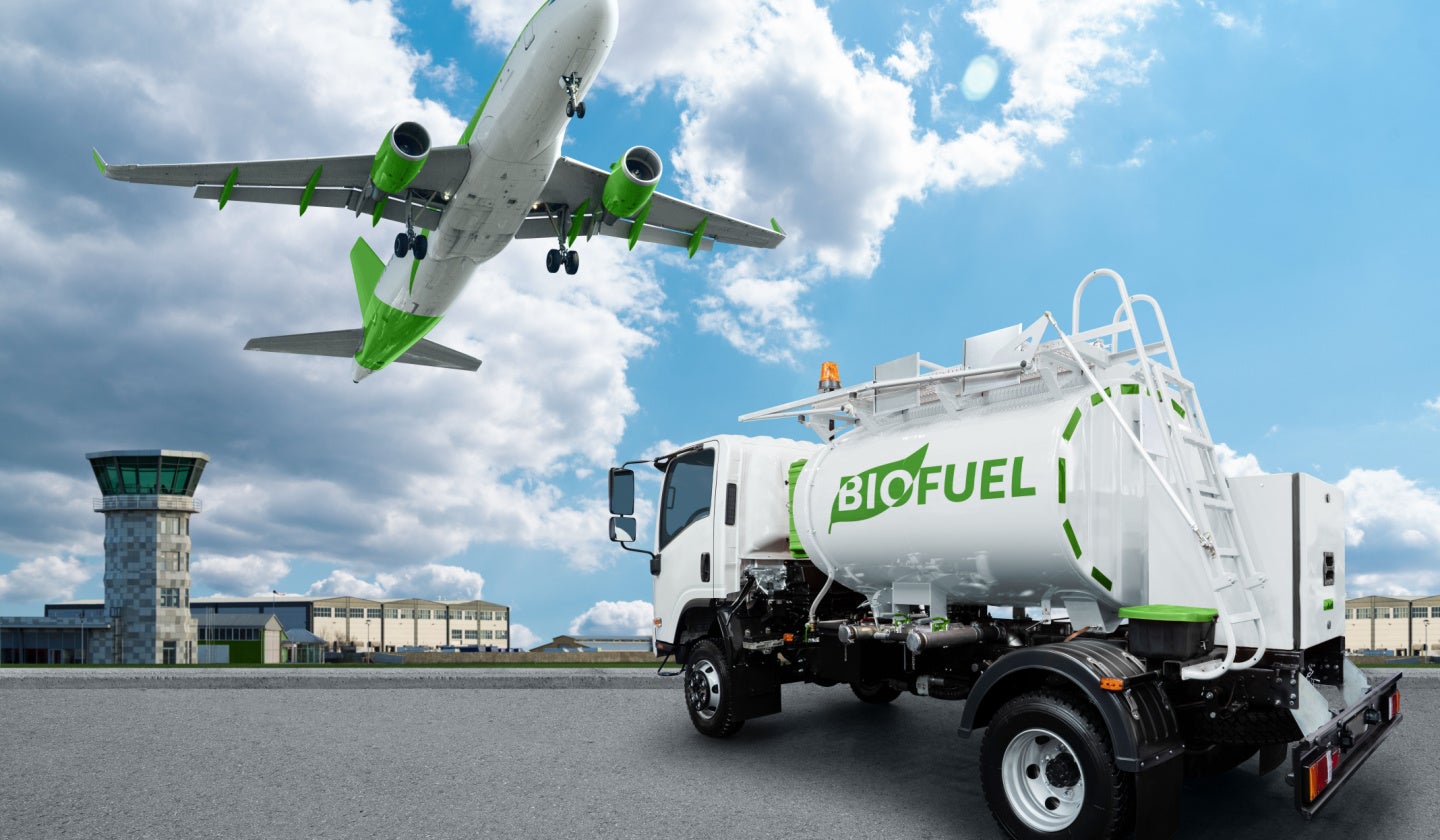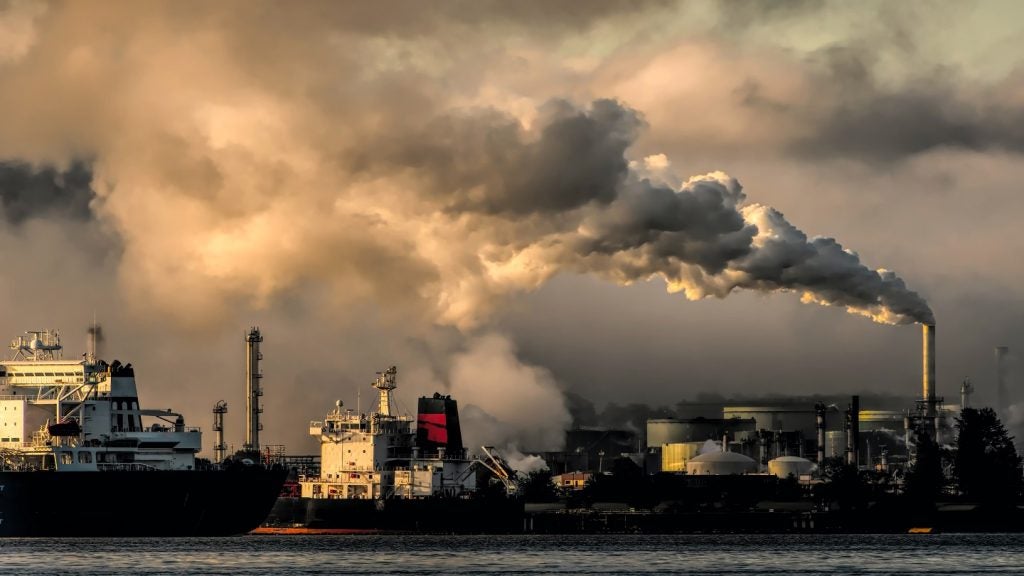
Aviation and maritime are industries that have proved a sticking point when it comes to decarbonisation. Both sectors are subject to bold emission reduction targets, with the International Maritime Organisation (IMO) aiming for shipping to reach net zero by 2040 and the International Civil Aviation Organisation (ICAO) aiming to reach net zero by 2050 for commercial aviation. However, the requirement for energy-dense fuels sufficient to allow for long journeys combined with other technical challenges has caused both sectors to fall off track.
Unlike road vehicles, electrification has a limited capacity to decarbonise the aviation and maritime industries. While companies such as Airbus and Yara are experimenting with electric aircraft and ships respectively, journeys are currently restricted to short trips due to energy density limitations. Although electrification could be used to power small to medium-range journeys, which account for a large volume of traffic for both sectors, this would fail to tackle the biggest source of emissions, which is long-haul flights and voyages. The adoption of electrification is particularly hampered in the aviation industry, where weight considerations cause diminishing returns in terms of energy for larger, heavier batteries.
While other energy transition technologies such as hydrogen and post-combustion carbon capture could be applied to both sectors, both these solutions would require the costly retrofitting of entire fleets of aircraft and ships. Alternatively, fleet operators could wait for existing vessels to come to the end of their service, but the lag time this would create would put both industries even further behind their decarbonisation targets.
As a result of this combination of factors, there is a growing interest in energy transition technologies that can be directly dropped into existing aircraft and ships to provide immediate decarbonisation. These technologies can broadly be thought of as alternative fuels that are compatible with internal combustion engines.
These alternative fuels can be categorised into biofuels and synthetic fuels. Biofuels are derived from processing biomass, whereas synthetic fuels are produced by taking green hydrogen and adding captured carbon to create hydrocarbon-based, net-zero emission fuels.
To some extent, the groundwork for the adoption of alternative fuels is already taking place with many models of aircraft and ships already being compatible with these two technologies. For example, all Airbus aircraft are certified to carry 50% sustainable aviation fuel, which is a type of biofuel, within their fuel capacity. Similarly, many commercial ships have engines that can use biodiesel. In many ways, synthetic fuels are the easiest alternative fuel to implement as they can be directly substituted into existing engines due to having the same chemical composition as conventional fuels.
However, despite their compatibility with existing vehicles, e-fuels and biofuels are both critically hampered by their cost and overall low production levels. The cost aspect is acting as a barrier to adoption at both the airline and shipping company levels. As companies across both sectors continue to recover from the economic impact of the pandemic, there is little incentive to transition to a more costly fuel. Meanwhile, synthetic fuels’ reliance on nascent technologies such as direct air carbon capture as well as energy losses at each production stage means that it will remain costly for some time while the process and its underlying technologies continue to develop.
Although biofuels are a more mature energy transition technology, they also face barriers to production that will cause prices to remain high. Biofuels can also lead to other forms of environmental degradation. Biofuel crops require high-cost inputs such as fertiliser and there are concerns that the use of edible feedstocks will contribute to food insecurity and exacerbate high food prices.
Intensive agriculture of biofuel crops could also lead to its own set of environmental problems including pesticide pollution, eutrophication of local aquatic ecosystems due to the intensive use of fertilisers, and soil exhaustion. However, these problems associated with biofuel production can be partly alleviated by using non-edible feedstocks such as woody biomass and municipal waste. This would help to decrease the need to intensively farm crops. As a result, total renewable fuel production capacity is expected to increase at a CAGR [compound annual growth rate] of 22% between 2021 and 2030.
Biofuels and synthetic fuels have the potential to act as energy dense sources of energy that can offer rapid decarbonisation to aviation and shipping. These two sectors have so far proved to be the most difficult to decarbonise, with limited potential for electrification. However, despite the compatibility of biofuels and e-fuels with existing infrastructure and expected increases in production, a lack of price competitiveness with conventional fuels will continue to hamper the adoption of this technology for the foreseeable future.




